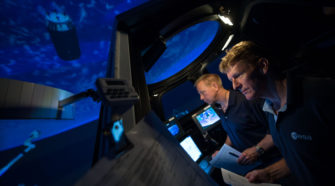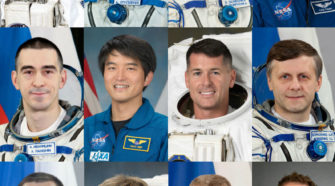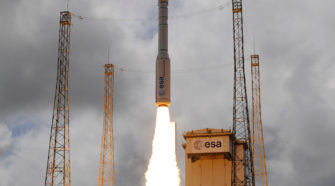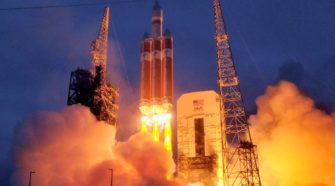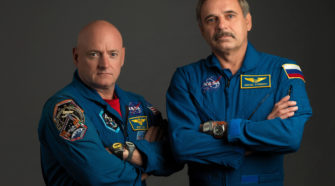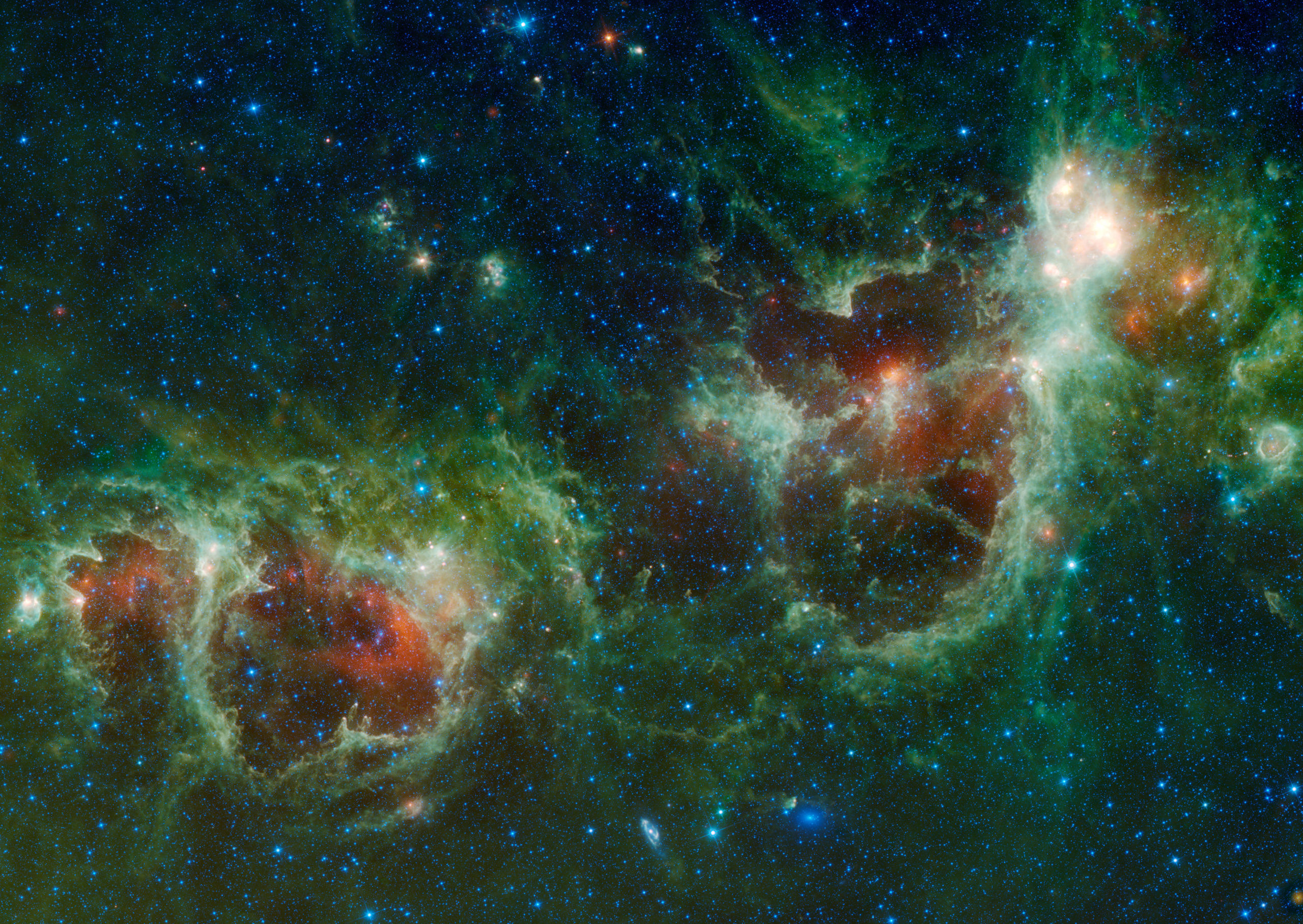Issue #10 (February 2015)
Tim Peake ready to become United Kingdom’s official ISS resident
On 20th November this year, a Union Jack Flag will be safely stored on board a Soyuz rocket, and, along with its owner, will launch from the Baikonur Cosmodrome in Kazakhstan and make its way to the International Space Station. This is not the first time that a British born citizen has flown in space, …
Crews named for future ISS missions
NASA and its International Space Station partners have announced the crew members for three upcoming missions to the space station during 2016 and 2017. Expedition 48: Jeff Williams, NASA Alexey Ovchinin, Roscosmos Oleg Skripochka, Roscosmos Kate Rubins, NASA Anatoly Ivanishin, Roscosmos Takuya Onishi, JAXA Expedition 49: Anatoly Ivanishin, Roscosmos Kate Rubins, NASA Takuya Onishi, JAXA …
ESA experimental IXV spaceplane completes research flight
An experimental vehicle to develop an autonomous European reentry capability has completed its mission. ESA’s Intermediate eXperimental Vehicle flew a flawless reentry and splashed down in the Pacific Ocean just west of the Galapagos islands. The IXV spaceplane lifted off at 13:40 GMT (10:40 local time) on 11 February from Europe’s Spaceport in Kourou, French …
Orion spacecraft performs nearly flawlessly on first test flight
NASA marked a major milestone on its journey to Mars as the Orion spacecraft completed its first voyage to space on Dec. 5, 2014, traveling farther than any spacecraft designed for astronauts has been in more than 40 years. Orion blazed into the morning sky at 7:05 a.m. EST, lifting off from Space Launch Complex …
The One-Year Mission
If all goes as planned, on March 27th, a Soyuz rocket carrying the expedition 42 crew consisting of Russian cosmonaut Gennady Padalka, NASA astronaut Scott Kelly, and Russian cosmonaut Mikhail Kornienko will launch on a six-hour flight to dock with the International Space Station. The launch will begin a one-year mission for Kelly and Kornienko …
Cassiopeia: The Queen
Cassiopeia is a prominent constellation in the northern hemisphere which is very easily recognised as a W or M in the night skies. In most of Continental America and all of Europe it is visible year round but becomes most spectacular in the winter months, when it is elevated to a much higher altitude. Along …

